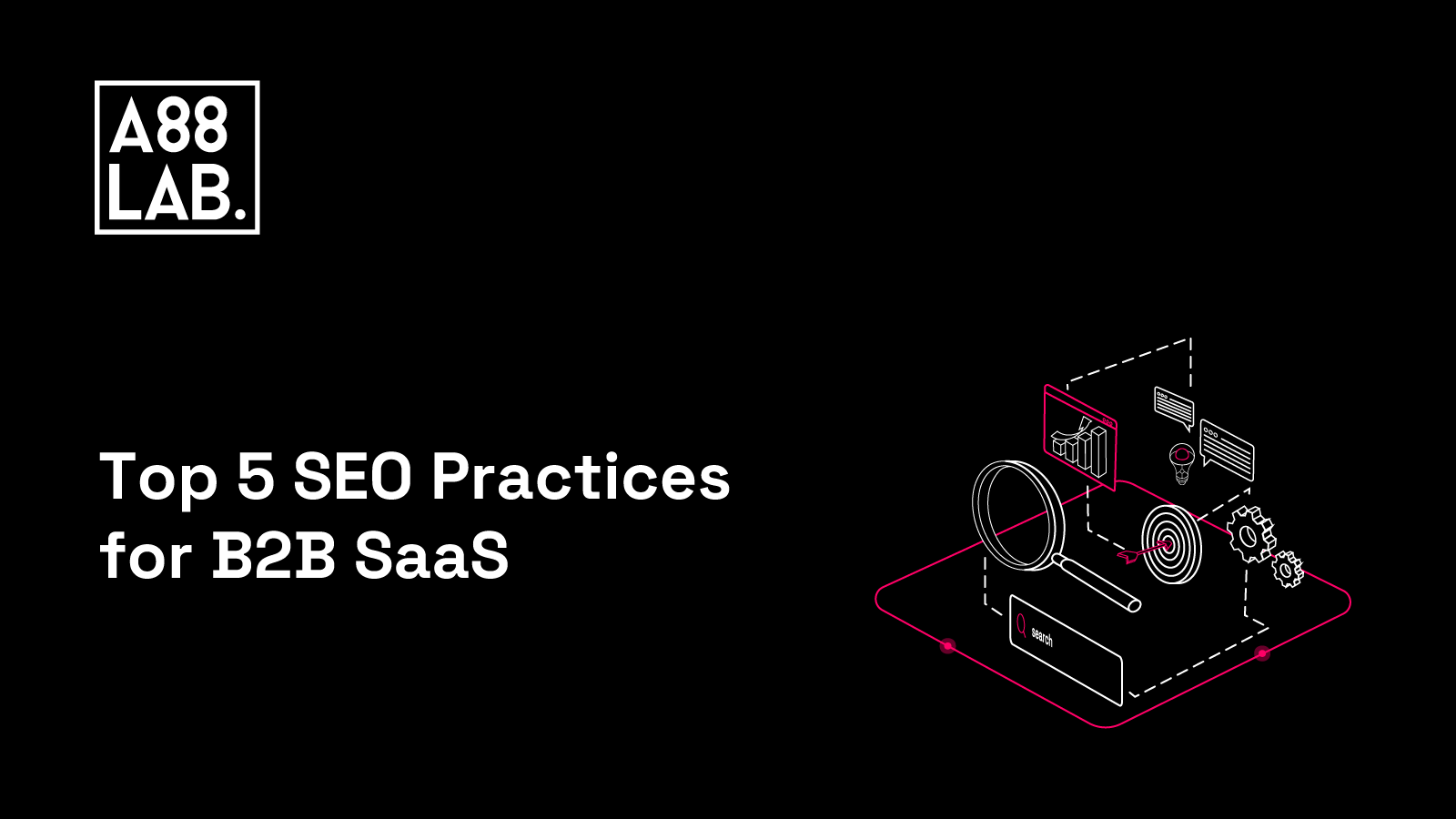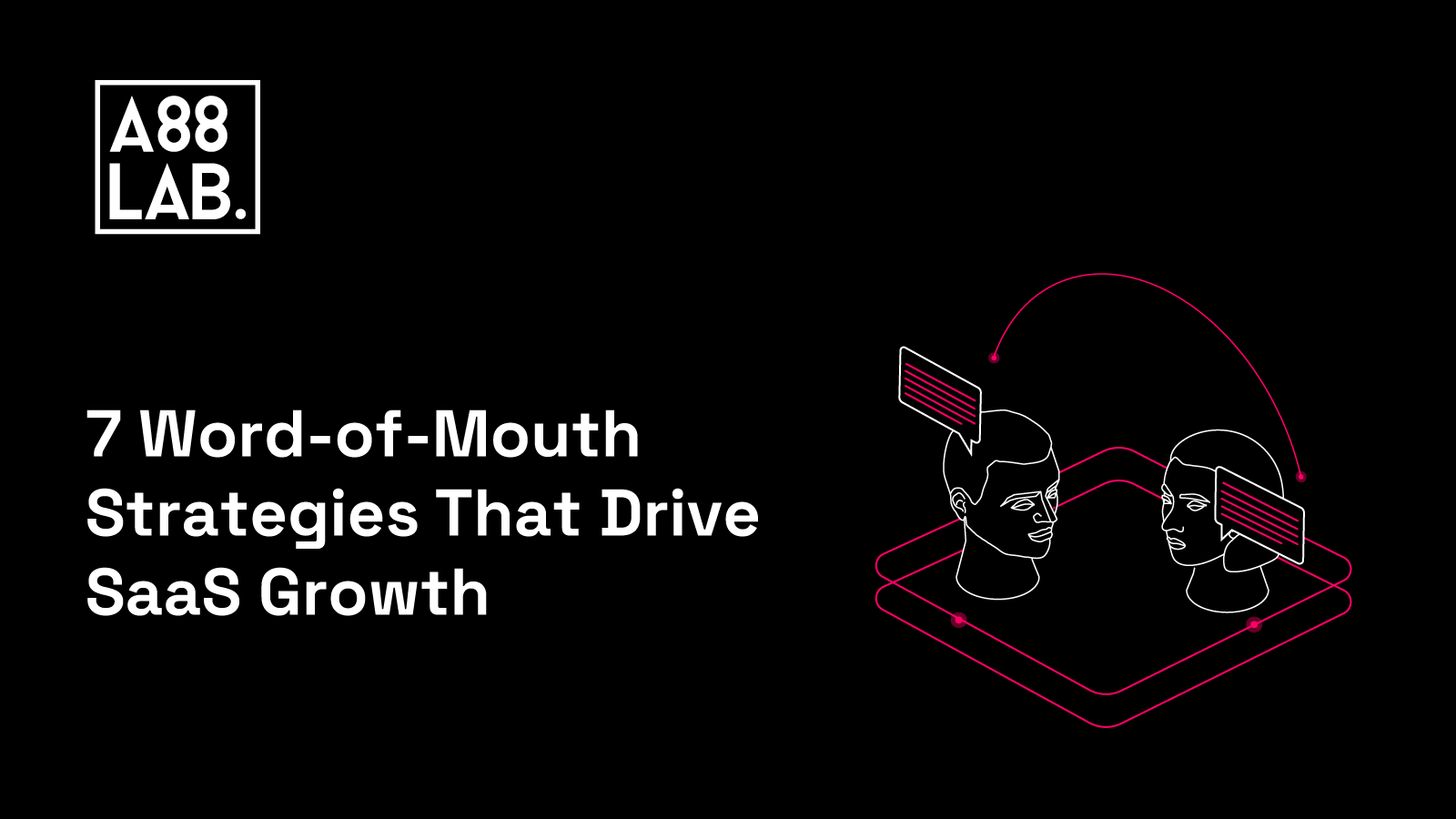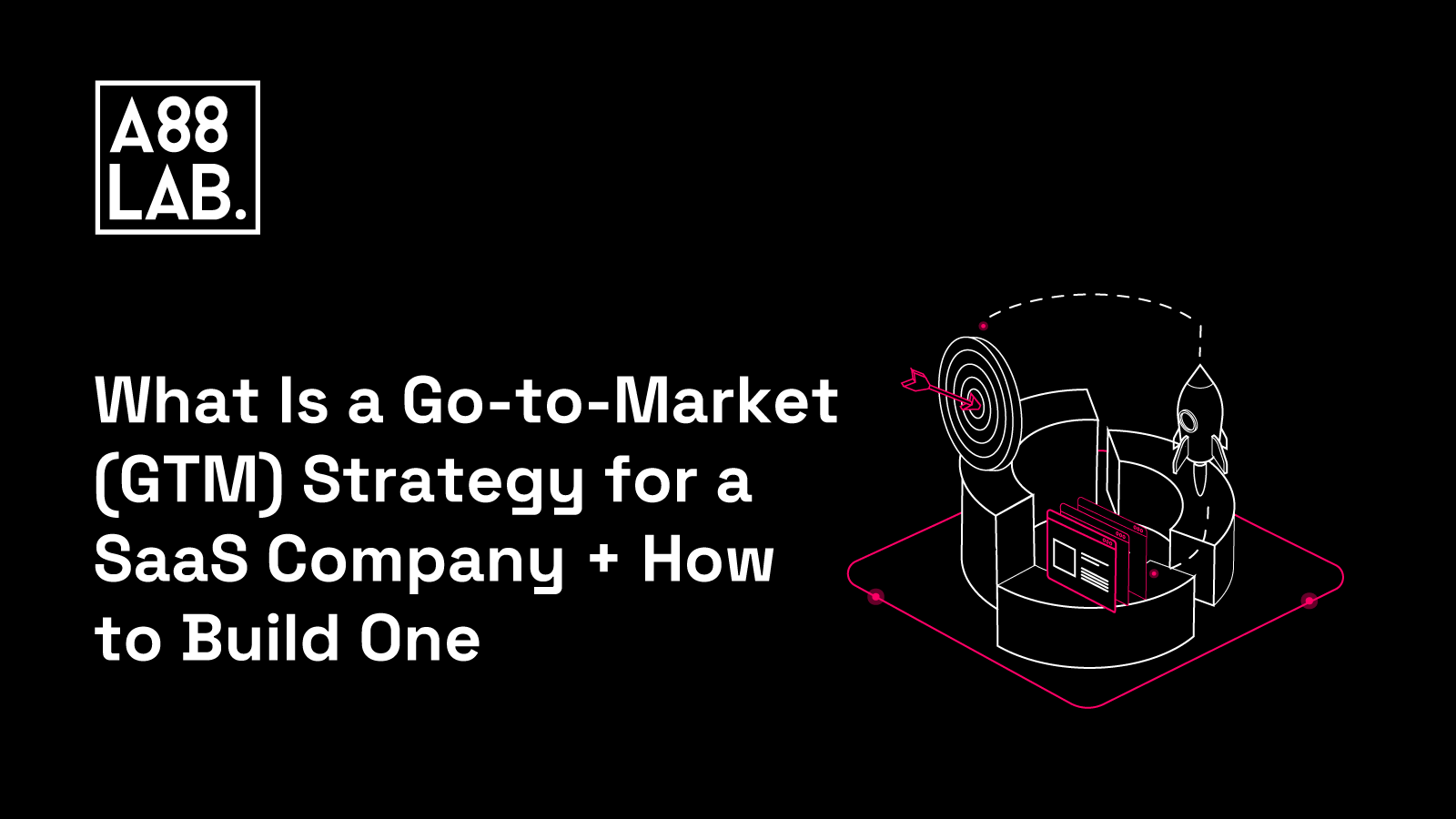SEO for SaaS is all about setting long-term goals, conducting comprehensive ICP and market research, building a tailored content strategy based on pain points, and optimizing the website.
The outdated SEO tactics of keyword stuffing and buying backlinks are long gone. The SaaS industry is incredibly competitive, and succeeding in SEO here demands a different approach.
Doing SEO for SaaS companies is different from traditional SEO in two ways:
1. The main focus of SaaS SEO is personas and problem-solving.
Meaning before you start preparing your in-depth SEO strategy, the first thing you need to do is in-depth research to identify who your target customers are, what are their pain points, and how your software can help them solve these pain points.
2. SaaS SEO is less about getting traffic and more about getting conversions.
When you’re selling a SaaS product, you are not selling a one-off transaction but a long-term solution. So, when optimizing your website, optimize it for conversions, not just clicks, by producing different types of content for the different stages of the customer journey.
Compared to other types of businesses, SaaS companies rely heavily on their website to showcase their products, features, benefits, pricing, etc. Having a well-crafted SEO strategy will help you build a high-ranking website and provide relevant and valuable information, which is crucial for generating high-intent leads, conversions, and revenue.
Let’s take a look at 5 SEO strategies that you need to implement if your goal is boosting organic traffic, leads, and conversions.
1. Make Your Content Strategy E-E-A-T Friendly
Have you ever clicked on a website that seemed so sketchy that it made you want to immediately say “no way” and click away after one look at it? These shady pages are all across the Internet, and Google is constantly fighting them with its E-A-T concept, which was transformed into the E-E-A-T concept in December 2022.
E-E-A-T stands for “Experience, Expertise, Authoritativeness, and Trustworthiness” and is part of Google’s Search Quality Rater Guidelines - the 176-page handbook that real people use to evaluate the quality of search results. While search quality raters don’t determine the site rankings, their feedback helps Google evaluate how pages rank after algorithm changes.
If you want to be on your ‘A’ game with your SEO, you need to make the E-E-A-T concept the core of it, and here is how you do that:
Experience
When choosing certain topics for your content, always make sure the topics are authentic and offer some type of unique experience to your target audience. In other words, produce content that inspires, educates, or entertains your readers. Don’t copy your competitors’ content, or even worse, produce AI-generated content.
When evaluating pages for SEO, the experience component is the one that determines whether your content is credible and reliable. It’s a make-it or break-it aspect when it comes to showing your website on the first SERP.
Expertise
The second E in E-E-A-T stands for expertise. If the experience shows the uniqueness and the authenticity of your content, the expertise shows the knowledge that your content provides. Building your expertise can be done in numerous ways. Start with building relationships with content creators, conducting an internal search for topic experts, or even connecting with subject experts who can fill certain expertise gaps.
The two simple things you can do to show expertise are to show the background information of a page’s author or provide a real-life example of strategies that worked for your customers. In the end, just make sure you offer some value to the searchers.
For some inspiration, take a look at how Ahrefs is showing expertise in one of their blog post:
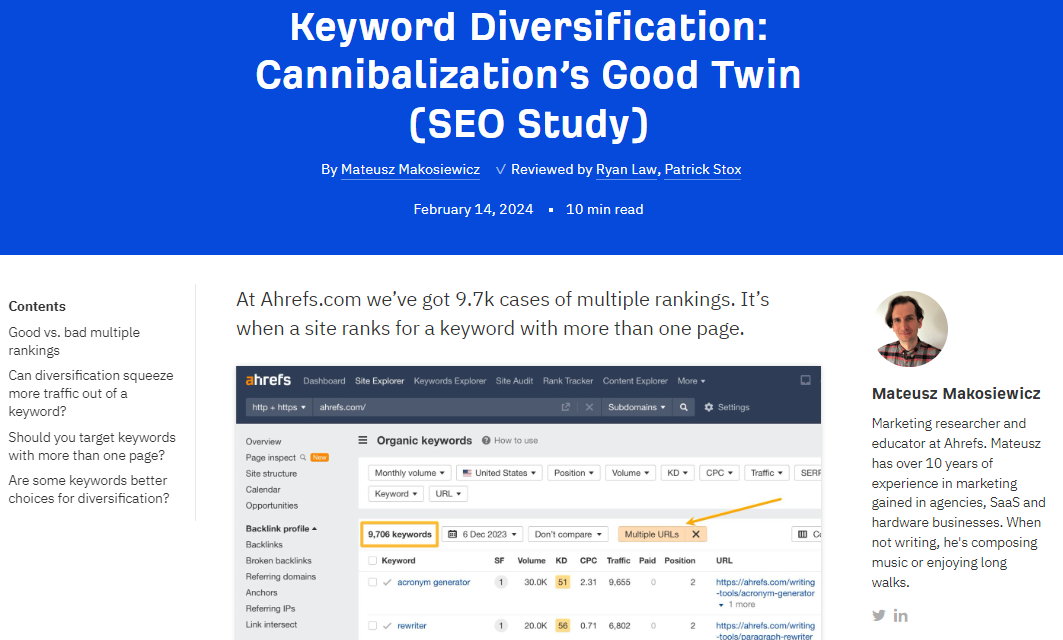
Authoritativeness
Authoritativeness is all about your brand reputation. Everyone can say they’re an expert in a certain field, but whether or not other sites link to that content as a source can tell a whole different story. To make your content authoritative, here are a few steps you need to follow:
- Don’t hide who you are and what you do. At the bare minimum, have an “About Us” or “Who are We” page and, ideally, a short bio on your website – perhaps in your sidebar or below each post.
- Make the “About Us” page excellent. To understand this easier, just put yourself in the shoes of a reader who came to you and ask yourself, ‘Why should I listen to YOU and not others’? How would you answer the question?
- ‘Borrow’ authority. Publish guest posts written by experts in your niche, conduct interviews with experts in your niche, or have an expert vet your content.
- Niche down. Instead of shooting big and trying to be an expert in multiple topics, niche it down and aim for a much smaller but more focused niche.
Trustworthiness
Finally, the last component of the E-E-A-T acronym, but probably the most important one - trustworthiness. Make your site trustworthy by:
- Providing accurate and provable information.
- Citing trustworthy sources and reliable pages
- Demonstrating who wrote the information presented, including their qualifications, experience, and expertise.
- Make your site secure and encrypted to prevent data or private information leaks.
E-E-A-T affects how users see your content and your SaaS business. It’s a set of standards you need to strive to achieve if you want to appear valuable to users and Google.
2. Use Pain-Point SEO
To succeed with SaaS SEO, understand the pain points of your target audience and understand how your SaaS product can solve them. Then, build pillar topics and keyword lists centered around these pain points.
The topic cluster and keyword strategy will help you build high-intent keyword lists that are related to the pain points of your target customers and attract leads who are actively looking for solutions to their problems, therefore increasing their chances of becoming loyal customers.
For example, if you offer an accounting platform, the easiest way you can start with this strategy is to go on Google, type how to automate the accounting platform and see what the most common questions people ask about this. Use these quires to build your informational intent keyword list and then use that list to craft different types of content like blog posts, infographics, pillar pages, etc, and position your product as a potential solution.
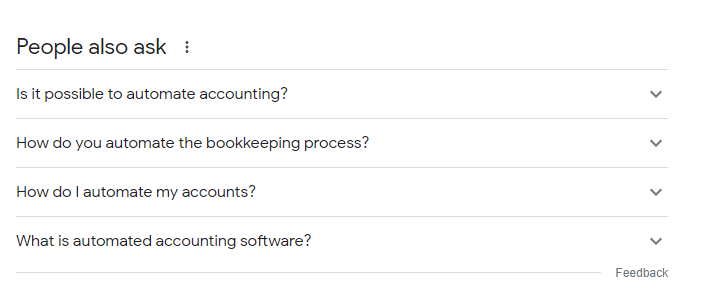
3. Build Out a Comparison Keyword Plan
Targeting comparison keywords should be among your first priorities. More specifically, the "you” vs. “them" keywords. Why? Well, once your prospects get lower in the sales funnel and finally come to that phase where they are signaling their intent to purchase, they are most likely to start comparing different solutions before they make their final decision.
Ranking for these comparison keywords is essential because:
- People searching for these keywords are ready to buy; they just need a little push in the right direction.
- These keywords show how and why your SaaS product is different and better than your competitors.
- They attract people who are already familiar with you and are likely to purchase. To put it in another way, these keywords attract high-quality leads.
Incorporating comparison keywords into your SEO strategy will help improve your organic search visibility and traffic. They also help your users get a better understanding of your product in the context of the marketplace.
To find comparison keywords, you can use the Keyword Magic Tool. Just search for your product name, click the “Include keywords” filter, type “vs,” and click “Apply.”
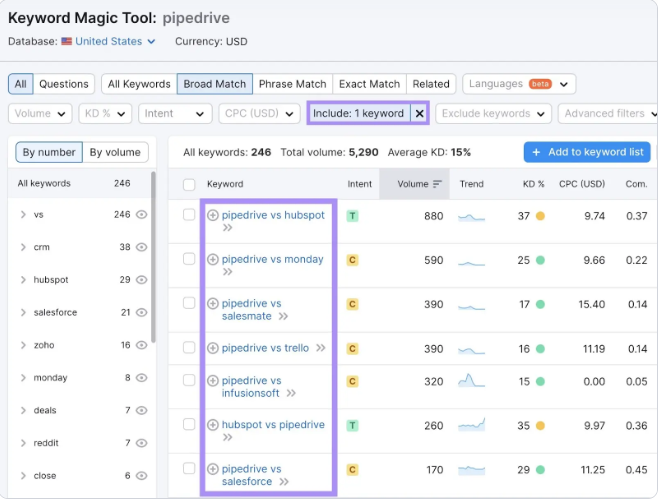
The second option is to just go on Google, type the name of your product or your company, then type vs and see what comes up.
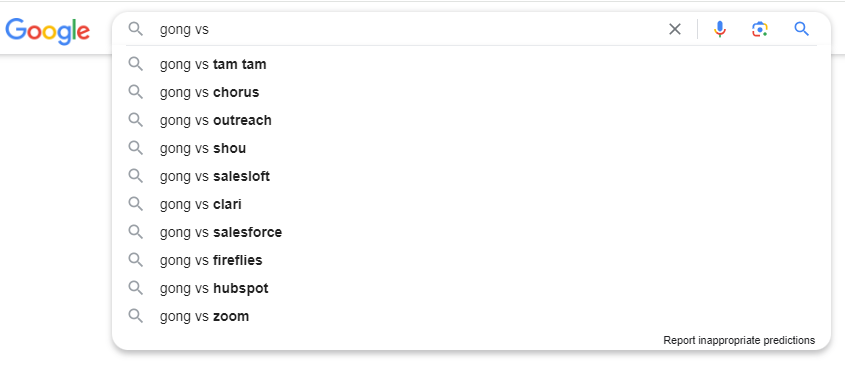
Once you find your keywords, here are a few tips on how to properly use them to see the best results:
- Implement these keywords in your page title, meta description, headings and subheadings, body text, images, etc
- Show the facts and features of both brands without being overly promotional or negative.
- Use a clear and consistent format (like a table, a list, or a chart) to compare the products.
- Clearly describe how your product can solve your user’s pain points.
- Display a clear and captivating call to action, such as a free trial, a demo, or a discount.
Here is a great example of Metadata comparing itself to 6sense:
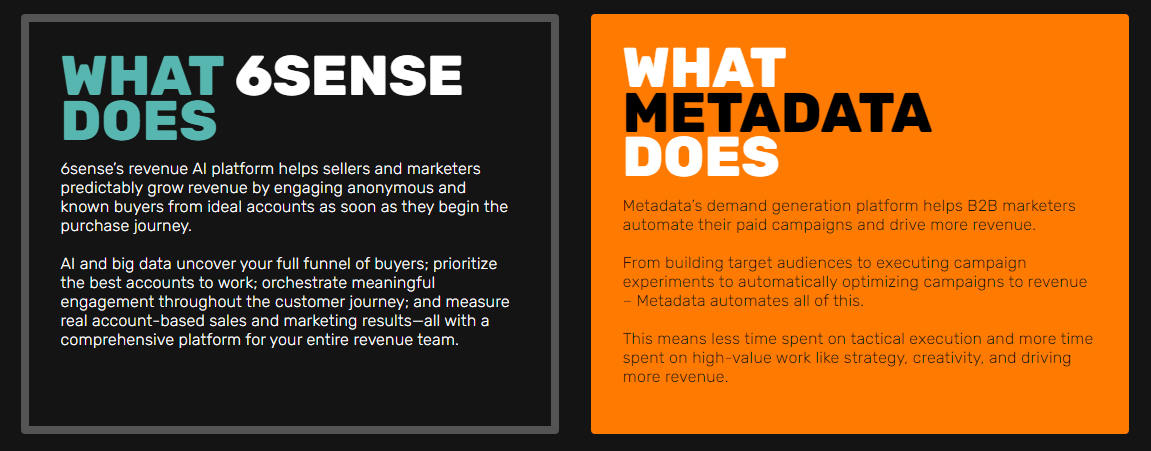
Even if there's a low search volume, it's important to capture these lower-funnel searches that can persuade users to convert.
Get in there first before your competitor does. And if they're already targeting these queries, make sure your page is better.
4. Implement the Growth-Driven Design Methodology
Everyone wants to rule the world, but only a few will rule Google. Ranking on Google's first page results is one of the main goals of every company, but achieving this goal can be challenging. This is why you need a growth-driven design website.
GDD helps SEO in two ways:
1. Proving Continuous Updates
One of the main factors that influence Google's decision of where to place your website is how often your website is updated. And one of the main focuses of GDD is continuously improving the website based on user data and feedback.
By using visitors' insights and refreshing your website's content and UX on a quarterly basis, you keep up with the ongoing needs and preferences of your target audience and ensure that your website remains relevant and engaging. This approach will eventually result in improving your overall conversion rates, as it allows you to identify areas that may hinder the user experience and optimize your website's performance accordingly.
2. Providing Quality Content
Another important factor that influences SEO rankings is the quality of the content you produce. Therefore, creating content that is engaging, informative, and relevant to your target audience can significantly impact your SEO rankings. GDD works by analyzing user data, and later, it uses this data to help you identify areas where your content may be falling short and make improvements to increase its effectiveness in boosting your search engine rankings.
5. Optimize for Topics, Not Just Keywords
For a long time, we’ve been told that keyword optimization is key to SEO success. Even though there is truth in this, modern search engine optimization goes beyond traditional keyword optimization and shifts toward topic optimization.
Shifting your focus to topic optimization helps you get out of the keyword loop and start crafting more engaging and valuable content for your users. While keywords drive traffic, topics offer flexibility and breadth in your content creation, both important for your SaaS company's growth.
To optimize for topics, here are a few things you can do:
- Use tools like answerthepublic.com to generate different ideas based on keywords. For example, if your keyword is ‘privacy-enhancing technology,’ it will suggest topics like “types of privacy-enhancing technologies” or “what are privacy-enhancing technologies.” Later, use these topics for crafting different types of content.
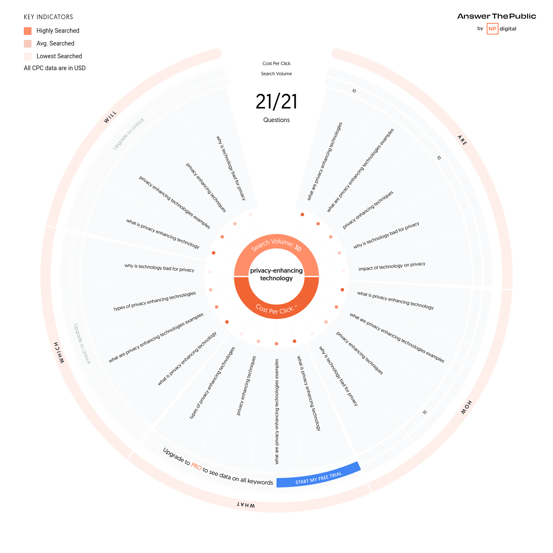
- Define seed keywords for each of your pages. Look at the web structure you’ve outlined and consider which keywords should appear on which page. Keep your lists short. Creativity is crucial for content creation, and coming up with the longest list of keywords will only result in you spreading your efforts too thinly.
- Expand your Core Topics. If your website doesn’t have a resource site where you can find different types of blog posts, case studies, or other educational content, now it’s time to create one. Your main pages are the core of your search engine traffic, but having supplemental content will expand upon this core and keep your site fresh and interactive.
- Lastly, promote your content on various channels to drive more traffic to your website. It’s important to get your content shared with the right people in the right places.
Conclusion
For any SaaS company generating online traffic is one of the fundamentals of achieving success. The more people are aware of you and your products, the better. Even though sometimes SaaS SEO campaigns can be complicated and might require a lot of time, effort, and investment, in the end, it’s well worth it. By implementing the practices that we mentioned above, you can get a leg up on your competition and ultimately come out on top.
.png)
